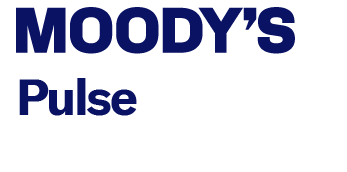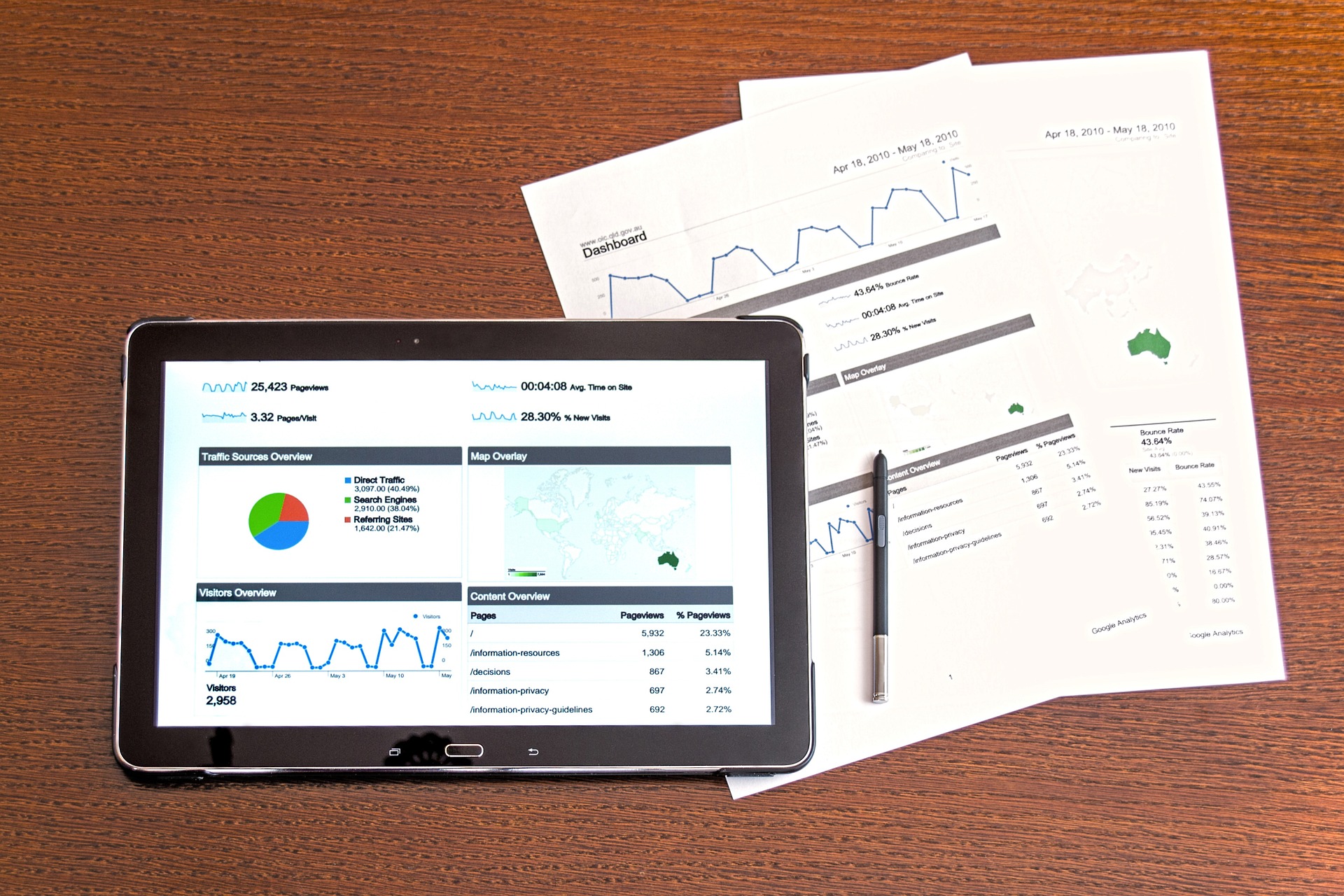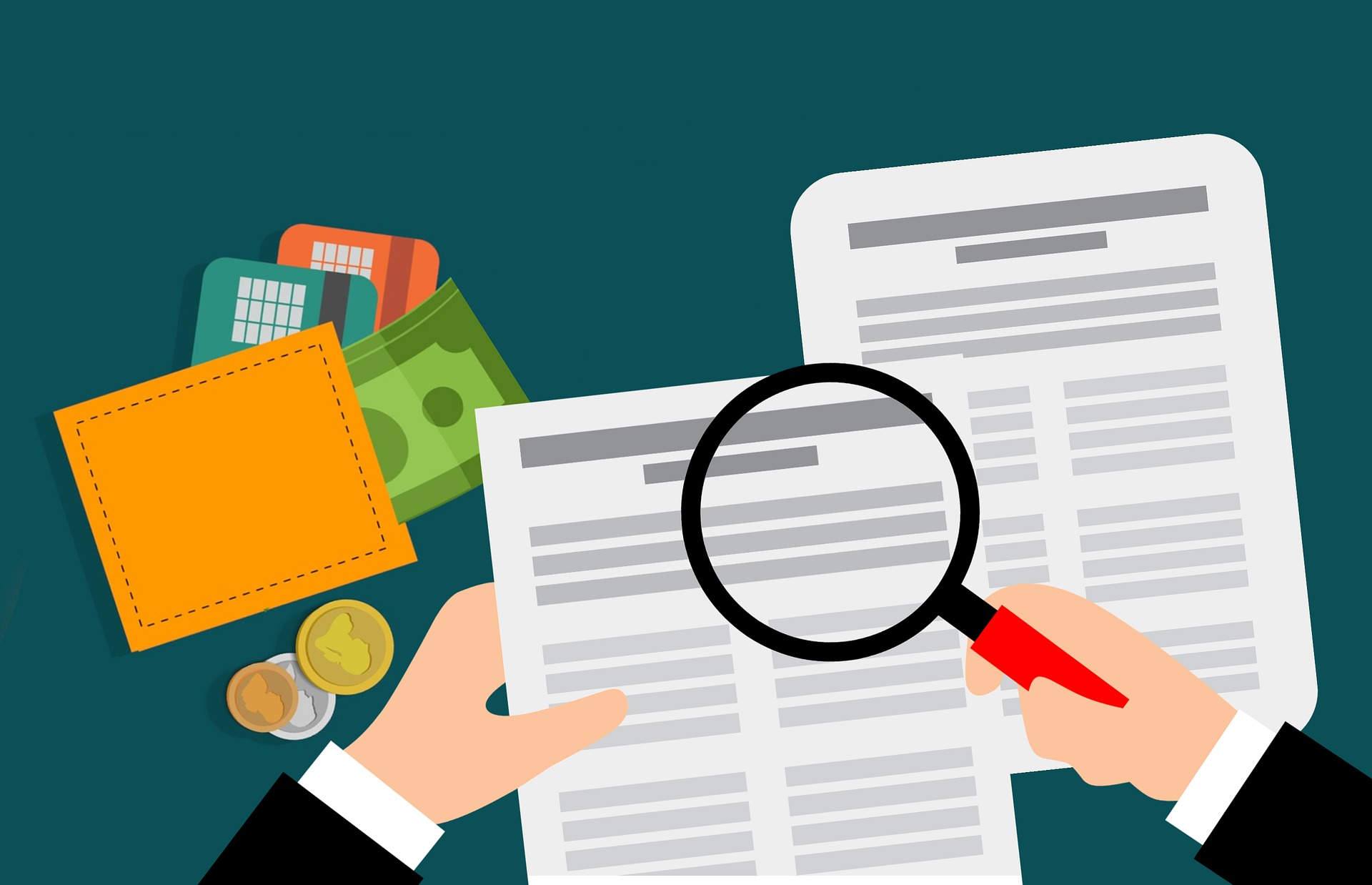What is Alternative Credit Data?
Alternative credit data refers to non-traditional sources of information used to assess the creditworthiness of a business. It is often used to supplement traditional business credit data such as business credit scores, credit histories, and business credit reports. Using non-traditional credit
How to Get a Business Credit Report
A business credit report provides a snapshot of the company's financial health. It reflects its financial history, including credit utilization and on-time payment records. A business credit report can be a powerful tool for mitigating credit risk when extending lines of
Business Credit Scores
A business credit score is a numerical representation of a company's creditworthiness. They are used by credit providers to gain insight into the financial stability of a company. This helps creditors make informed decisions about the terms and conditions they
How to Monitor Business Credit
In today's market, staying up to date with a business’ financial health has become increasingly difficult. Regular business credit monitoring helps companies protect their receivables by staying up to date with their customer’s financial health. By regularly monitoring their customers' financial
How to Mitigate Supply Chain Risk from the Credit Department
Supply chain disruptions are more than an inconvenience. They can also do damage to your reputation — and your revenue. More and more, companies are enlisting their credit management to optimize supply chain risk mitigation. In the complex game of supply
How Does the Economy Affect Businesses in a Recession?
How does a recession affect business during times of economic uncertainty? The effects of a recession are deep and far-reaching. Some recessions cause short-term problems that disrupt the supply chain and cause crashes in the stock market. Other recessions cause long-term
Accounts Receivable Turnover Ratio: Definition & Formula
The accounts receivable turnover ratio is a formula that measures the efficiency of a company's credit and collection efforts. Essentially, it helps businesses evaluate how effectively they are managing outstanding debts. Routinely evaluating your business’s accounts receivable turnover ratio can make
Credit Risk Management Best Practices
Knowing how to manage credit risk is a critical aspect of modern finance, impacting both individuals and organizations alike. Effective credit risk management helps minimize losses, reduce bad debt, and ensure the stability and success of financial institutions. This article provides
10 Accounts Receivable Process Improvement Ideas
As a business grows, the accounts receivable process can become more complex and may require adjustments to keep up with the increased volume. By regularly searching for new accounts receivable process improvement ideas, credit management professionals can stay up-to-date on
How to Assess the Creditworthiness of a Customer
When you send your customers an invoice, do you trust that they’ll pay the full amount on time? That’s not a rhetorical question — having the answer is essential for running a business. Knowing how to determine creditworthiness of a











